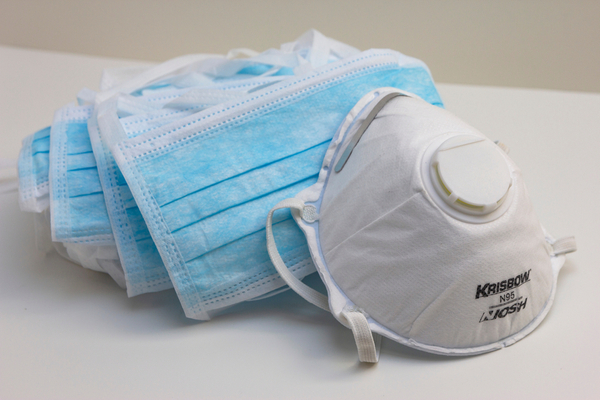Researchers at Duke University have developed a new tool to find the effectiveness of the various types of masks people are using to stop spread during the COVID-19 pandemic. And some offer less protection than others, researchers found. So which masks are the best — and the worst?
Duke researchers say, naturally, the most effective mask was the N95. The Centers for Disease Control and Prevention explains that N95 are not only masks, but respirators that filter out at least 95% of particles in the air. N95s also fit more securely than a regular face mask does, allowing for minimal leakage. Other masks that performed well in the test were three-layer surgical masks and cotton masks — which can be made at home.
Worst performers, researchers say, were folded bandanas and knitted masks. Shockingly, in some cases, certain types of masks made particle exposure even worse, according to the study. Somewhat surprisingly, the authors of the study say that neck fleeces, also known as gaiter masks, were the least effective off all.
“We were extremely surprised to find that the number of particles measured with the fleece actually exceeded the number of particles measured without wearing any mask,” Martin Fischer, one of the study’s authors told CNN. “We want to emphasize that we really encourage people to wear masks, but we want them to wear masks that actually work.”
The experimental setup was relatively simple: someone wearing a face mask would speak in the direction of a laser beam inside a dark box. Then, the amount of droplets that scattered in the laser’s beam were recorded with cell phone camera, and that data was then counted using an algorithm.
—
Photo Credit: zuzana caprnkova / Shutterstock.com
